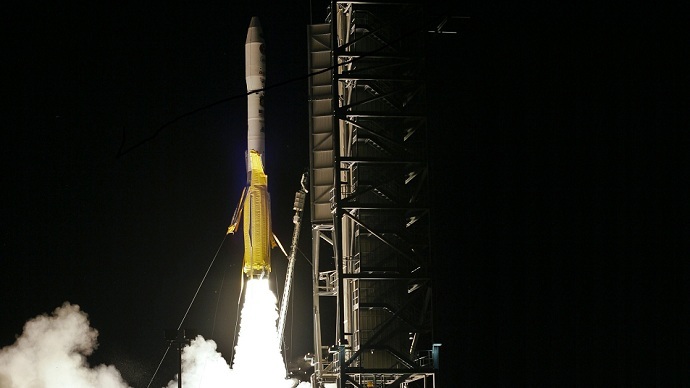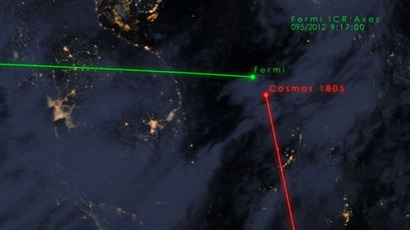US to boost military manhunt capabilities with RFID satellites

The US military is planning to launch a new, efficient method of sending small satellites into space which will dramatically boost soldiers’ ability to locate, track and eventually annihilate potential enemies.
The military has spent years quietly developing and implementing radio-frequency identification (RFID) tags to track Taliban leaders, suspected terrorists, and other perceived enemies. Tribesmen in the Middle East are paid to “plant the electronic devices” on the intended targets or the targets’ home, according to a 2009 report in The Guardian.
The device can be tracked to within three feet of its location, providing targeting co-ordinates that have become integral in launching drone strikes.
“Transmitters make a lot of sense to me,” former CIA case officer Robert Baer told Wired in 2009. “It is simply not possible to train a Pashtun from Waziristan to go to a targeted site, case it, and come back to Peshawar or Islamabad with anything like an accurate report. The best you can hope for it they’re putting the transmitter right on the house.”
The United States Special Operations Command (SOCOM) will advance that strategy with the September rocket launch from Wallops, Virginia. Attached to the sides of the rocket will be eight devices that will be dispersed 300 miles above Earth then act as beacons for US intelligence.
Wired noted that each of the eight satellites is roughly the size of a “water jug.”
This is not America’s first foray into using outer space for gaining intelligence. A 2009 test program launched similar location devices to great success, with special operations officials later reporting that the technology was used to help locate Al Qaeda leader Osama bin Laden.
But the military’s reliance on less-than-trustworthy operatives to carry out the most important part of such an expensive mission, locating the original target, has some people very concerned. Recruiting and paying poor people in hostile countries to carry out dangerous tasks could have intended, but serious, consequences.
In a video released in April 2009, 19-year-old Habibur Rehman, reading a script written by the Taliban, who then executed him on film, claimed he was so desperate for money that he took advantage of his US handlers.
“I was given $122 to drop chips wrapped in cigarette paper at Al Qaeda and Taliban houses,” Rehman said, before being shot for spying for the US. “If I was successful, I was told, I would be given thousands of dollars.”
A US official told NBC News that the video was nothing more than “extremist propaganda,” but it does raise moral questions surrounding drone warfare and targeted killings in the modern era.
“I thought this was a very easy job,” Rehman went on. “The money was good so I started throwing chips all over. I knew people were dying because of what I was doing, but I needed the money.”














